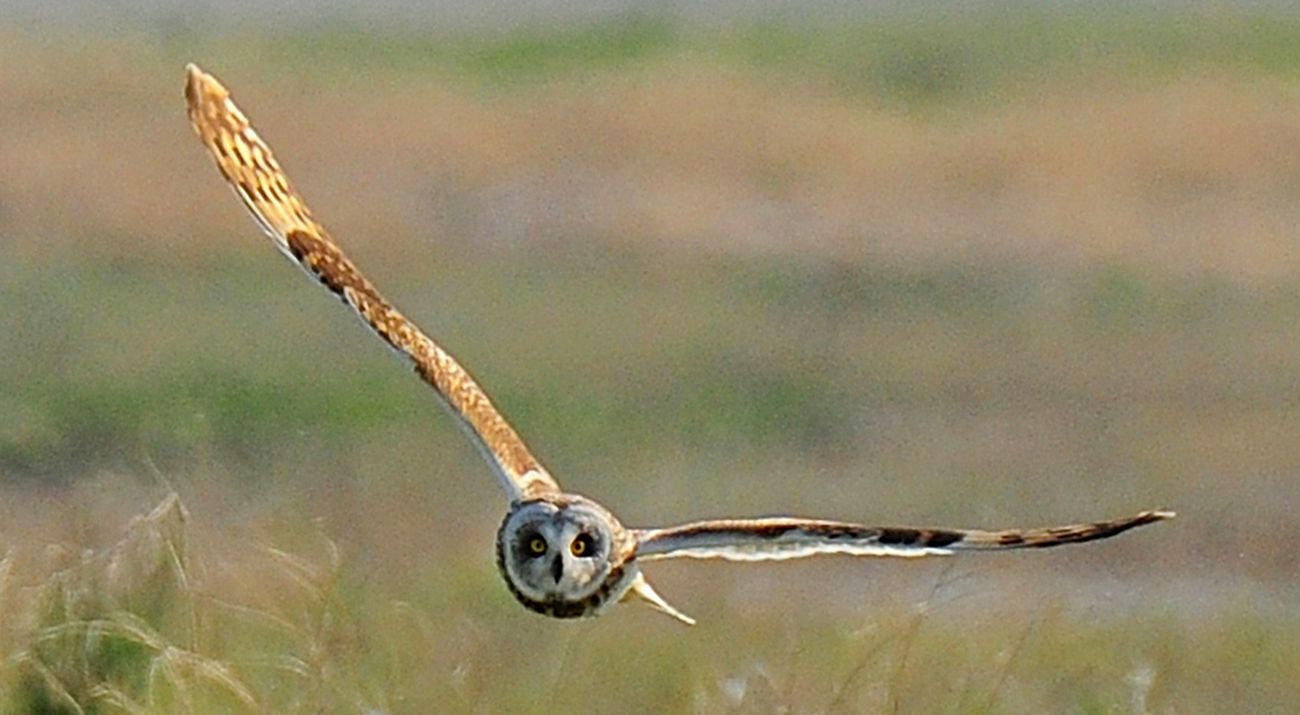Description
Chippewa Prairie lies along a reservoir of the Upper Minnesota River named Lac qui Parle ("lake that speaks") by early French explorers. Chippewa Prairie represents a small remnant of the once vast northern tallgrass prairie ecosystem. Huge numbers of migratory waterfowl use Chippewa Prairie; it is a vital natural area link to Big Stone National Wildlife Refuge and Lac qui Parle (state) Wildlife Management Area.
Why the Conservancy Selected This Site
Chippewa Prairie is a rich example of the dwindling northern tallgrass prairie ecosystem, making its protection an important part of the Conservancy's efforts in Minnesota. The preserve provides a major migratory stopover for waterfowl along the Minnesota River, and it attracts a large array of native wildlife.
What the Conservancy Has Done/Is Doing
The Conservancy purchased its first tract of land at Chippewa in 1971. Subsequent purchases have brought the total property to 1,143 acres, making Chippewa Prairie one of the Minnesota Chapter's largest preserves. In 1999, as part of a cooperative effort between the Minnesota Department of Natural Resources, U.S. Fish and Wildlife Service, the Minnesota Prairie Chicken Society and The Nature Conservancy, greater prairie chickens were reintroduced to the area. Birds will be released on Chippewa Prairie as well as on other adjacent wildlife management areas. The Nature Conservancy relies on fire management to maintain the health of the prairie, which is done in cooperation with the Minnesota DNR's Lac qui Parle Wildlife Management office.
